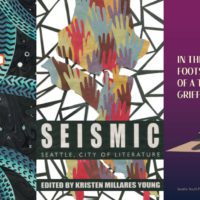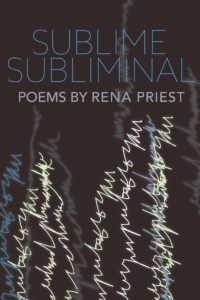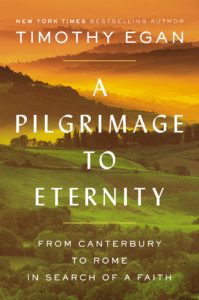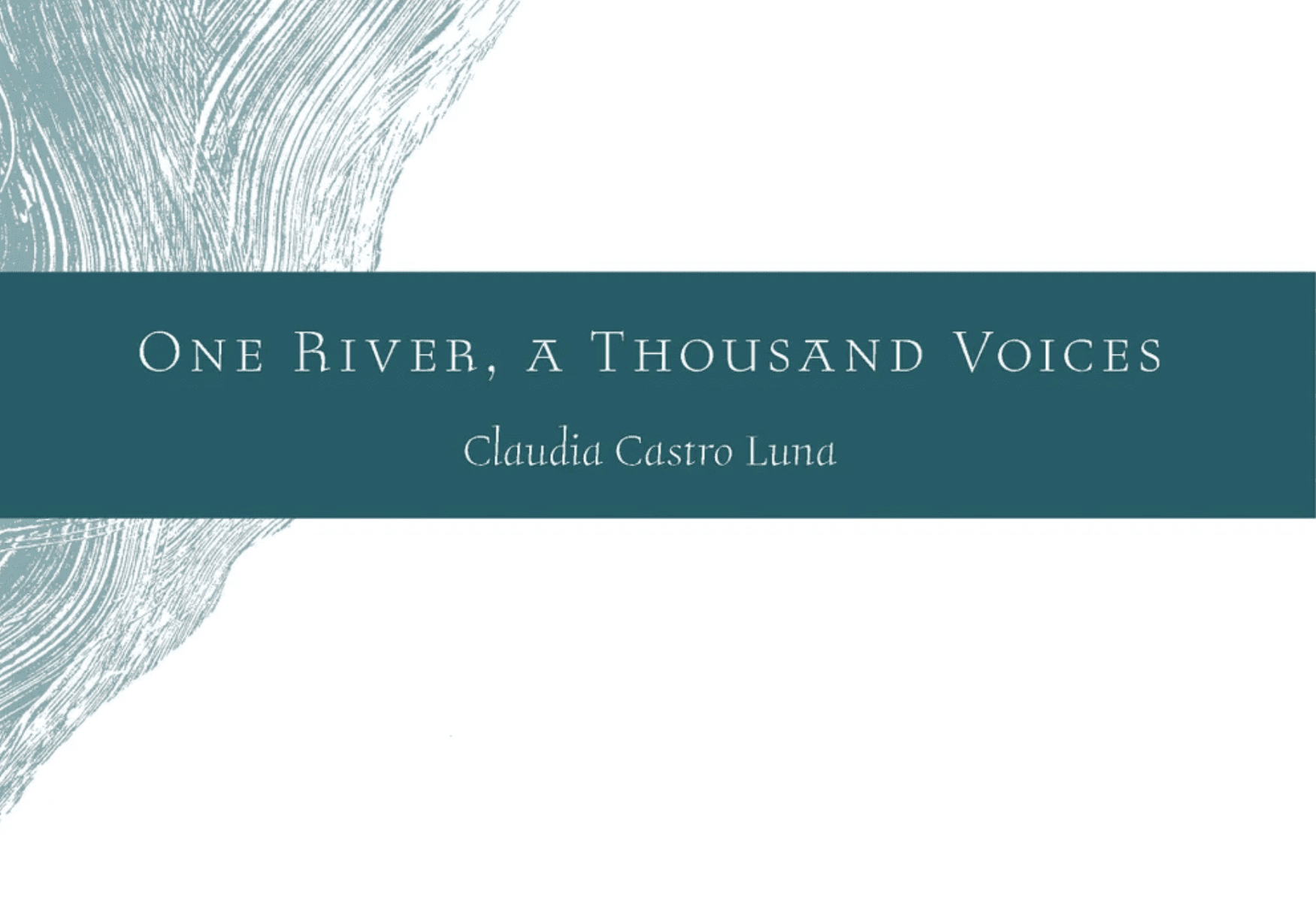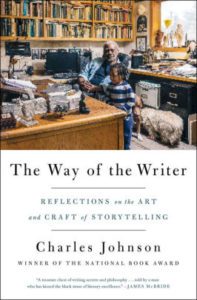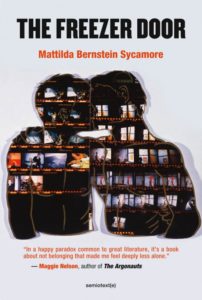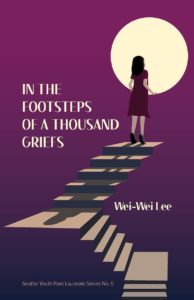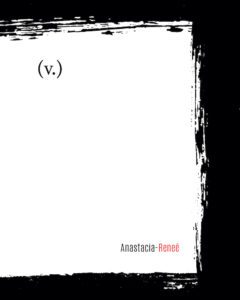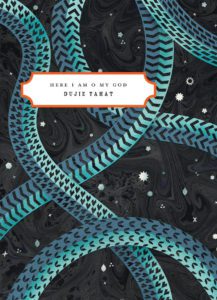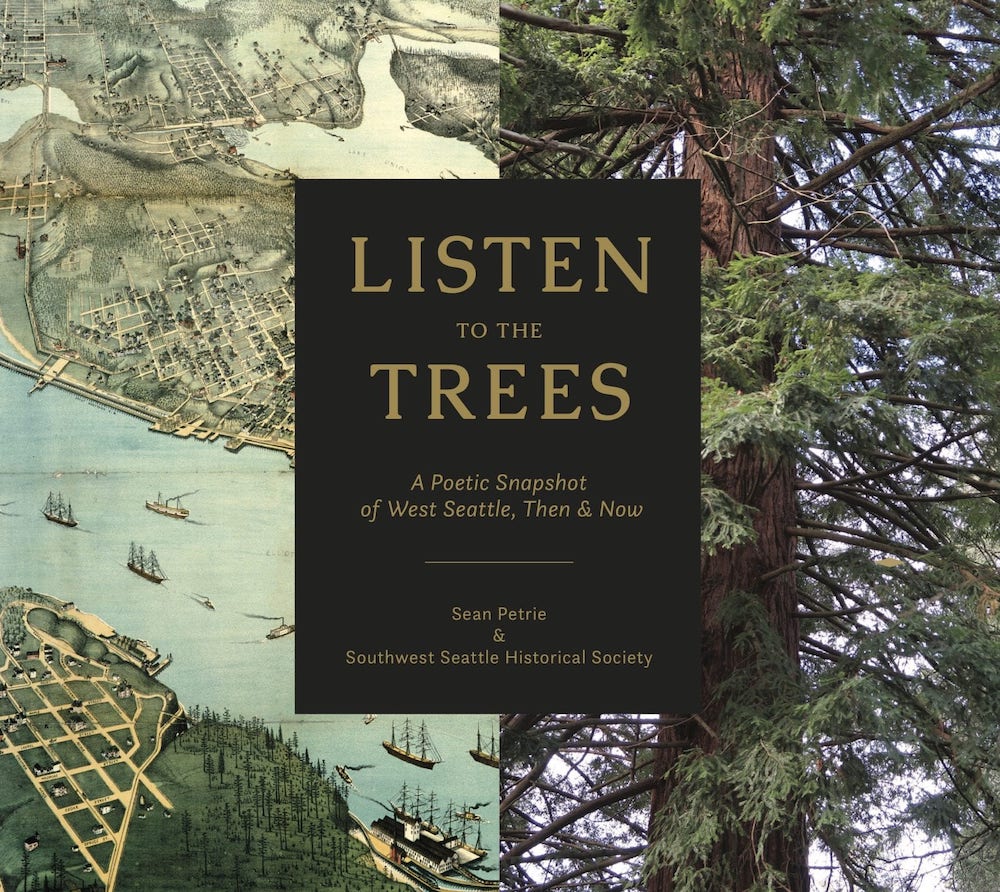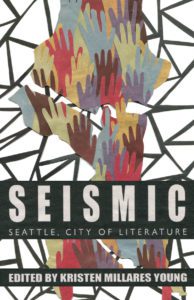As editor of SEISMIC: Seattle, City of Literature, I asked artists and storytellers to reflect on what it means for Seattle to be a City of Literature. While celebrating Seattle’s inclusion in the UNESCO Creative Cities Network, this collection is not a commemoration. It is a call to action. How can literary culture influence social change? SEISMIC is a living portrait of a city we love too much to lose.
If I had to tell you why Seattle is a literary city, I would say it is because I was able to become myself here. I learned how to inhabit my mind in this place. To hold space for your own story can be a revolutionary act. This moment—stewarding truths that need to be told and retold—is the culmination of my literary life.
We made SEISMIC free of charge so you can read and share these urgent contributions by Seattle’s leading writers, artists, and storytellers. As we revitalize our arts institutions in the wake of this pandemic, their wisdoms should prevail.
Available by download, SEISMIC features cover art by Mita Mahato and essays by Rena Priest (Lhaq’temish), Timothy Egan, Jourdan Imani Keith, Claudia Castro Luna, Charles Johnson, Mattilda Bernstein Sycamore, Wei-Wei Lee, Anastacia-Renée, Dujie Tahat, and Ken Workman (Duwamish), the great-great-great-great grandson of Chief Si’ahl.
Of her cut paper collage cover image, In Between author Mita Mahato writes,
I want this image to convey both celebration and struggle. Both have been part of my experience as a writer/artist in Seattle. We’re haunted by Amazon and faced with rising costs of living. But there is a strong system of support and camaraderie among the artist/writer communities here that I also want to celebrate.
To buoy the ideas of these artists and knowledge keepers is a sacred duty. If the personal is political, then the local is global. Stories are our heritage. We made this beauty for you thanks to the cheer and dedication of Stesha Brandon of the Seattle Public Library and the Seattle City of Literature board. Their generosity is a way of showing up for our community, but as Simone Weil wrote, attention is the purest form of generosity. We are a community of thought.
The below list features work by contributors to SEISMIC.
***
Sublime Subliminal by Rena Priest
I first encountered the work of Rena Priest in Patriarchy Blues, her debut poetry collection which won an American Book in 2018, the same year that Floating Bridge Press published her chapbook Sublime Subliminal. This excerpt from its titular poem feels apt during this fraught moment in our national history: You convulse. / The bitterness is extra, / like an impulse / to discuss politics at length. A National Geographic Explorer and a member of the Lhaq’temish (Lummi) Nation, Rena brings a tart and tender approach to her poetic disclosures in “Super-sacred”: The super-sacredness of this, / my real Indian poem / is going to absolve all white guilt, / but only if you buy my book. You heard right. In her SEISMIC essay, she writes, “Story is a way of seeing each other and ourselves. Story is a way of surviving.” But only if we support the poets we laud.
A Pilgrimage to Eternity: From Canterbury to Rome in Search of Faith by Timothy Egan
When I moved to Seattle, Timothy Egan was already an internationally recognized representative of Pacific Northwest truths as an author and New York Times correspondent, for which he shares a Pulitzer Prize. As an editor, I can say he makes deadline with an ease and clarity born from decades of experience which delighted me as first reader for his SEISMIC essay. In it, he writes: “When wildfires rage in the forests around us, the air in the city is a choking reminder that all the latest material comforts in a prosperous city cannot shield you from an overheated world.” A third-generation Westerner known for his “particular blend of intelligence and empathy,” he reminds us to consider our shared history and responsibilities as we craft a collective future. In his latest of nine books, he combines a backpacker’s view, rooted in family and history, with his wide-ranging inquiry into the human impulse toward religion.
Tugging at the Web by Jourdan Imani Keith
Seattle Civic Poet Jourdan Imani Keith is a griot whose essays—about our bodily connection to water, desegregating wilderness and being at risk as a Black woman in the woods—will culminate in a memoir-in-essays called Tugging at the Web, forthcoming from the University of Washington Press. Her earthly and poetic vision for our interconnected world is apparent in her SEISMIC essay, featured by KUOW: “We are walking on Lushootseed words, like the early grass, like the rattle of the camas flower dried in the wind. We walk on a city that was and is and will be. Any city that comes through fire has its own holiness. Any city that walks on water carries cathedrals inside.”
One River, A Thousand Voices by Claudia Castro Luna
I posed a question to Washington State Poet Laureate Claudia Castro Luna: How can literary culture influence social change? I wanted to know her mind on that matter. Like the poet she is—her debut collection Killing Marías came out on Two Sylvias Press—Claudia subverted the question to show that it is social change which must transform literary culture. “What is at stake for Seattle is not guarding a literary legacy but envisioning one.” Claudia does the work. Having grown up in El Salvador, which her family fled to find safety, she knows how to build community from the ground up, as evidenced by One River, A Thousand Voices, an accordion book in which words tumble next to an inky blue evocation of the Columbia River. Sales benefit Columbia Riverkeeper, which works to protect and restore the water quality of this much-dammed river, the font of life for many Native peoples.
The Way of the Writer: Reflections on the Art and Craft of Storytelling by Dr. Charles Johnson
It is difficult to encapsulate the stellar creative production of Dr. Charles Johnson, University of Washington professor emeritus and the author of twenty-five books. A novelist, philosopher, essayist, literary scholar, short-story writer, cartoonist, and illustrator, he is also an author of children’s literature and a screenplay and teleplay writer. He even has a society—The Charles Johnson Society at the American Literature Association—dedicated to philosophical fiction in honor and study of his work. A MacArthur and Guggenheim fellow, Johnson won the National Book Award for Middle Passage and recently shared his thoughts about our shared endeavor in The Way of the Writer, called a “coda to a kaleidoscopic, boundary-shattering career.”
The Freezer Door by Mattilda Bernstein Sycamore
The slippery lines of award-winning author and queer activist Mattilda Bernstein Sycamore reach her truths like rivers finding the sea. The author of three novels and a memoir, and the editor of five nonfiction anthologies, Mattilda set The Freezer Door almost entirely in Seattle. The Freezer Door will be out in late November and is a Rumpus Book Club selection, and has been named one of the most anticipated book of 2020 by Oprah Magazine, The Millions, and Lit Hub, which called it “a story about queerness, belonging, loneliness, desire, and the utter havoc of capitalism.” I’d describe The Freezer Door, but Maggie Nelson did it best: “In a happy paradox common to great literature, it’s a book about not belonging that made me feel deeply less alone.”
In the Footsteps of a Thousand Griefs by Wei-Wei Lee
Former Seattle Youth Poet Laureate Wei-Wei Lee published In the Footsteps of a Thousand Griefs to explore the transnational connections between culture, loss, personhood, and liberation. Concerned with the long process of emergence as she moves across continents and selves, Wei-Wei pays homage to Taiwan and Seattle, where she learned to escape the vise of expectation while simultaneously ascending to the stage of Benaroya Hall. “We are more than what people want to see, sometimes more than even we ourselves expect to see,” Wei-Wei writes in SEISMIC. “We are not bound to the lots we draw.”
(v.) by Anastacia-Renée
A multigenre writer, interdisciplinary artist and podcaster, Anastacia-Renée lit up Seattle when she published three books in one year. Calling herself a super-shero, this poet is a personal inspiration to me about how to stay prolific while lifting others up on a rising tide of one’s own creation. How to be the moon, the swelling water and the tensed skies between them? Read her work to find out. Her collection (v.) was reissued in September by Black Ocean, and let Pulitzer Prize-winner Tyehimba Jess tell you why: “She is busy here melding a blackgirl womansong with a backbeat of black jesus and barbie heads… she is translating a language of pain to a semaphore of power.” Her Electric Lit conversation with JP Howard, t’ai freedom ford, and Safiya Sinclair was titled “Black women poets will start the revolution,” and I do believe it is so.
Here I am O My God by Dujie Tahat
Fady Joudah selected Dujie Tahat’s second chapbook, Here I am O My God, for a Poetry Society of America Chapbook Fellowship for its “echo of the Abrahamic contract with the divine concerning the eternally elemental we each carry within.” But I met Dujie, already co-host of the podcast The Poet Salon, when they were a fellow at Hugo House and I their lucky mentor as prose writer-in-residence. In the airy rooms of Hugo House’s new building, currently boarded up with plywood that remind passersby that Black Lives Matter, I heard Dujie articulate an argument about arts institutions’ complicity “in the marginalization of the very culture these spaces claim to cultivate,” which I encouraged them to develop into their SEISMIC essay (republished last month by Lit Hub). As Kaveh Akbar wrote of Tahat’s chapbook Salat, “In this murderous age it is increasingly unconscionable to be inert, in one’s living or in one’s art.” Read poetry to battle entropy.
Listen to the Trees by Sean Petrie
I met Ken Workman at a screening of Promised Land, an urgent Tall Firs Cinema documentary about the fight for federal recognition by the Duwamish Tribe, also called the People of the Inside, dxʷdəwʔabš. In his oral history, which embodies the ongoingness of intergenerational knowledge, Workman revealed the scientific truths of the famous speech by his great-great-great-great grandfather Chief Si’ahl, Seattle’s namesake. “I grew up surrounded by ancestors—not a metaphor, but a biological reality.” The Seattle Times quoted me calling his essay canonical, which is true. The deep truths of Duwamish claims on Seattle should be held in keeping by us all. As Ken says, “The Duwamish people have been living and dying on the hills, valleys and waters of Seattle a long (long) time now, we continue to do that even today.” For this reason, Ken has a special reverence for the multitudes contained within trees, the subject of a collection by Sean Petrie that he encouraged me to share.
And to close out this wonderful list, we just had to include Kristen’s new anthology, SEISMIC: Seattle, City of Literature, out now and available for free download! – Ed.
SEISMIC: Seattle, City of Literature edited by Kristen Millares Young
Seattle was designated a UNESCO City of Literature in 2017 and has been working as part of the international network since then. SEISMIC is a collection that asks writers to consider what the designation means for our city and how literature might be an agent of change. This collection, a living portrait that recognizes Seattle’s designation as a UNESCO City of Literature, was made possible with the support of Seattle City of Literature, The Seattle Public Library Foundation, Seattle Office of Arts & Culture, the Amazon Literary Partnership, The Seattle Public Library, and the Gary and Connie Kunis Foundation.
